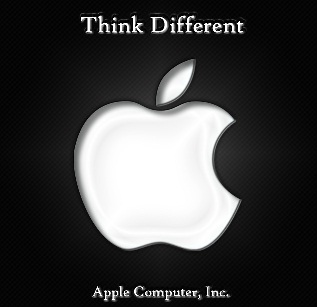The ultimate dream of every television network is to deliver a broadcast that makes the viewer feel like they are sitting in the studio, at the concert, or at the sports arena. With the introduction of Super Hi-Vision tv technology, that dream is closer to becoming a reality. That dream, however, is still at least a decade away.
Super Hi-Vision television will be the generation of television to replace Blu-Ray and HDTV. This new technology uses 8k resolution cameras and stunning 22.2 audio. Super Hi-Vision TV was born in 2003 when the Japan Broadcasting Network (NHK) premiered 30-minutes of test footage using 16 HDTV recorders. Every year the quality has improved, with live broadcasts currently reaching 120 frames per second.
Just as NHK used the 1984 Olympics to showcase new HDTV technology, the BBC is using the 2012 London Olympics to show off its generational replacement. Sharp and Panasonic have released details on 8k televisions that are over 100 inches in size. Reporters who were fortunate enough to see the 2012 Olympic opening ceremony on cinema-sized Super High-Vision screens found the visuals stunning. Indeed, initial impressions put the excitement level at much higher than previous advancements including HDTV, 3D, and Blu-Ray.
Super High-Vision television promises sharp, digital pictures that still look natural. The new technology better handles movement, making it a game-changer for sports viewing. An even bigger improvement is seen in sound quality. With 22.2 audio, the clarity and range of sound transmitted is incredible – and it is all designed to send the audio to the relevant position around the viewer.
If Super High-Vision TV already looks and sounds great, then why is it still over a decade away? The first is the amount of data that must be transmitted. With current estimates placing Super High-Vision’s data size at a magnitude of 16 times the current HDTV technology, cable’s bandwidth carrying ability just isn’t there. The average consumer is not able to receive the minimum 70 mbps necessary to receive a super picture. If you are a satellite user, forget it; that is way too much information for current satellites to handle on a large scale.
Price is another obstacle to wide adoption, as is always the case with new technology. With both consumers and content producers recently shelling out big bucks to switch to HDTV, neither side is ready to adopt the next generation. Broadcasters and filmmakers just bought new equipment to be HDTV ready. This means it will be at least a decade until both sides are ready to trade in their new and expensive toys that they are not interested in seeing become obsolete.
You can also check the post about TV: Best TV Sidekicks With Favorite Quote !
Perhaps some filmmakers are willing to adopt the extra expense like those who choose to shoot in IMAX. Consumers and exhibitors, on the other hand, aren’t ready to pay for new televisions, speakers, and projectors. 100-inch televisions and 22.2 speaker systems are not going to be affordable anytime in the foreseeable future.
Most individuals will first experience Super High-Vision television in cinemas long before it makes it into the average American household. Even if broadcasters are ready to plop down the money for new cameras, they will still need to learn how to process so much information. NHK engineers required 16 solid state recorders and countless 64 GB drives. Broadcasters would then have to find an editing station powerful enough to compile all of the footage into one feed.
It is completely justifiable to get excited about Super High-Vision television. Not only is it promising, but it appears to be destined for most homes. That day, however, is a long way off and without its own set of technological and financial challenges.
Do you think you’ll have a Super High-Vision TV in your living room within ten years?
